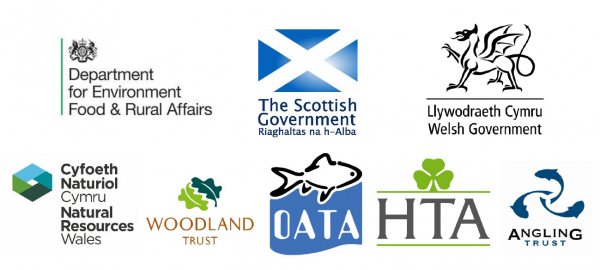Search for non-native species information
All of our resources in one place
Search results
You searched for "biosecurity"
Stand Up Paddleboarders
Download a free Biosecurity at Paddling Events toolkit and read more on actions for event organisers .
Ascension island
Biosecurity In 2017 a biosecurity gap analysis (PDF) was completed. Biosecurity capacity is generally low, and particularly weak for pre-border and border controls. A biosecurity review was carried out for Ascension Island in 2016, which included a detailed pathway analysis.
South Georgia & the South Sandwich Islands
Biosecurity SGSSI has the highest capacity in biosecurity of all the OTs and its Government invests in stringent biosecurity requirements to help protect the Territory from non-native invasive species, conducting hundreds of biosecurity checks on cargo each year.
Guidance for Local Nature Recovery Strategies and Biodiversity Net Gain projects
Work should be undertaken in a biosecure manner. Landscaping and soil movement should consider the risk of spreading propagules. Staff, contractors and volunteers involved in the project should be made aware of ‘ check, clean, dry’ and have access to biosecurity facilities such as washdown areas, pressure washers and boot cleaning stations.
Stakeholder Forum
Previous events View the Programme and presentations from the most recent Stakeholder Forums below: 20th Non-native Species Stakeholder Forum, 19 June 2024 Download the 2024 Programme Presentations Update on progress since 2023 Forum (Olaf Booy, GBNNSS) Update on the Non-native Species Inspectorate (Olaf, Booy, GBNNSS) Water companies and the biosecurity
International
Invasive non-native species are among the main drivers of biosecurity loss worldwide (IPBES 2023). These pages provide links to international initiatives that aim to help tackle this threat.
Anguilla
Biosecurity In 2017 a biosecurity gap analysis (PDF) was completed. Generally biosecurity capacity is low. Risk analysis is done on an ad-hoc basis. Biosecurity border operations are carried out by customs officers, and awareness training has been given.
Vertebrates
The toolkit provides guidance on eradication and biosecurity for invasive non-native rodents, but not actions to further promote wider island restoration or ecosystem recovery. It currently does not provide advice on eradication/ biosecurity for other invasive non-native vertebrates aside from invasive rodent species.
Non-native species
Visit the gallery for images of non-native species, biosecurity and management that are available for use. View identification sheets for over 60 non-native species. Find resources on management of some of the most common invasive non-native species.
Our partners
Current Be Plant Wise partners include:  Aquatic Biosecurity Partnership The Be Plant Wise campaign is currently funded by nine water companies through the Aquatic Biosecurity Partnership .
Aquatic Biosecurity Partnership The Be Plant Wise campaign is currently funded by nine water companies through the Aquatic Biosecurity Partnership .
